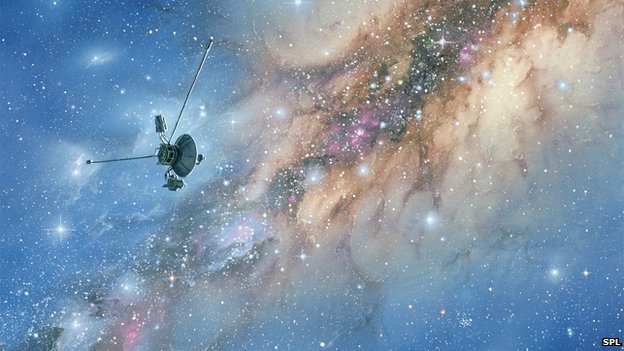
A £2 billion European probe has blasted into space on a five-year mission to map more than a billion stars.
The Gaia space telescope was launched by a Russian Soyuz rocket from Europe’s space port in Kourou, French Guiana, shortly after 9am UK time.
It is en route to a gravitationally stable parking place called the L2 Lagrangian point almost a million miles from Earth.
Gaia is designed to create the most accurate map yet of our galaxy, the Milky Way, by pinpointing millions of stars in 3D with unprecedented accuracy.
It is also expected to discover thousands of previously unknown objects, including exploding stars, planets orbiting other suns, and nearby asteroids.
Scientists hope Gaia will yield clues about two of the universe’s biggest mysteries, Dark Matter and Dark Energy.
Situated with the Earth shielding it from the Sun, the craft will be perfectly placed to observe the wider universe. As it spins slowly, two telescopes will sweep across the entire sky and simultaneously focus their light on the largest digital camera ever put into space.
More than a billion stars will be observed an average of 70 times each over the five-year period.
Gaia will measure the position and key physical properties of every star, including its brightness, temperature and chemical composition.
The flood of data beamed back to Earth will be enough to fill more than 30,000 CD-ROMs.
Source: The Independent Science News
Originally posted 2013-12-20 18:34:34. Republished by Blog Post Promoter

![20131220-193221[1]](https://coolinterestingnews.com/wp-content/uploads/2013/12/20131220-1932211.jpg)










